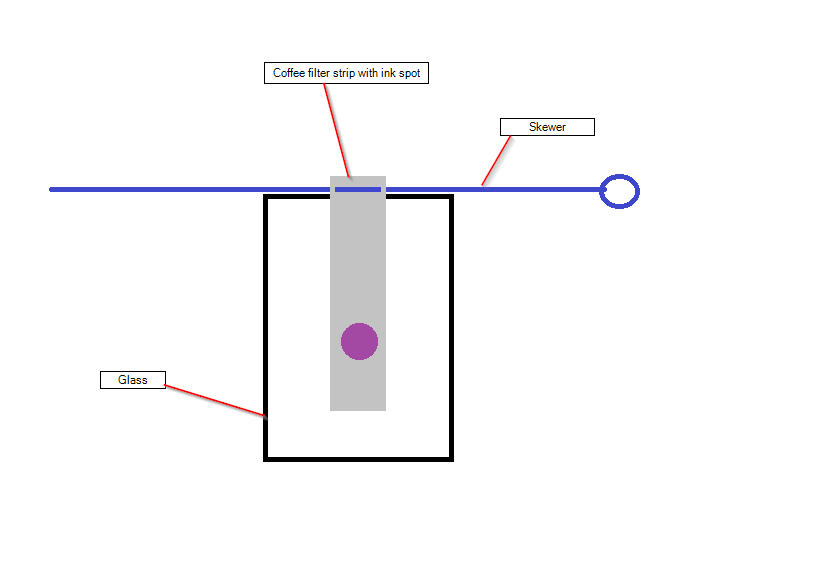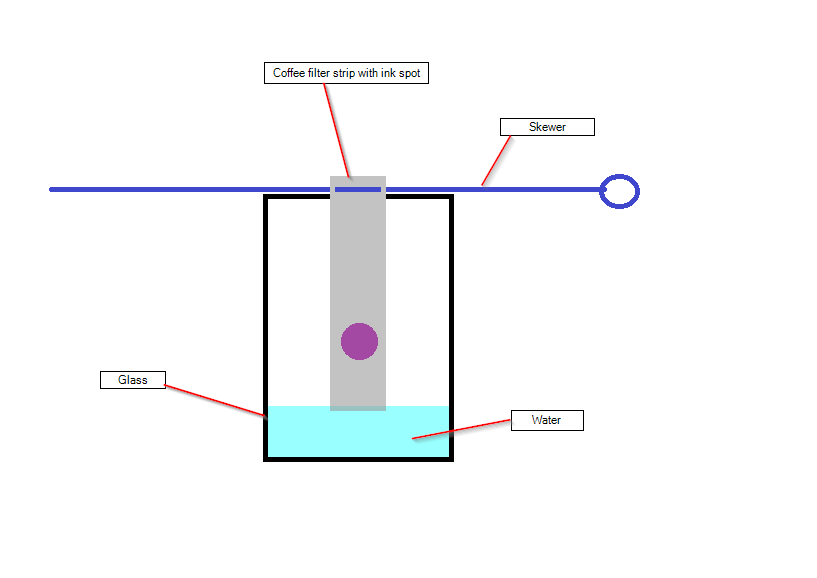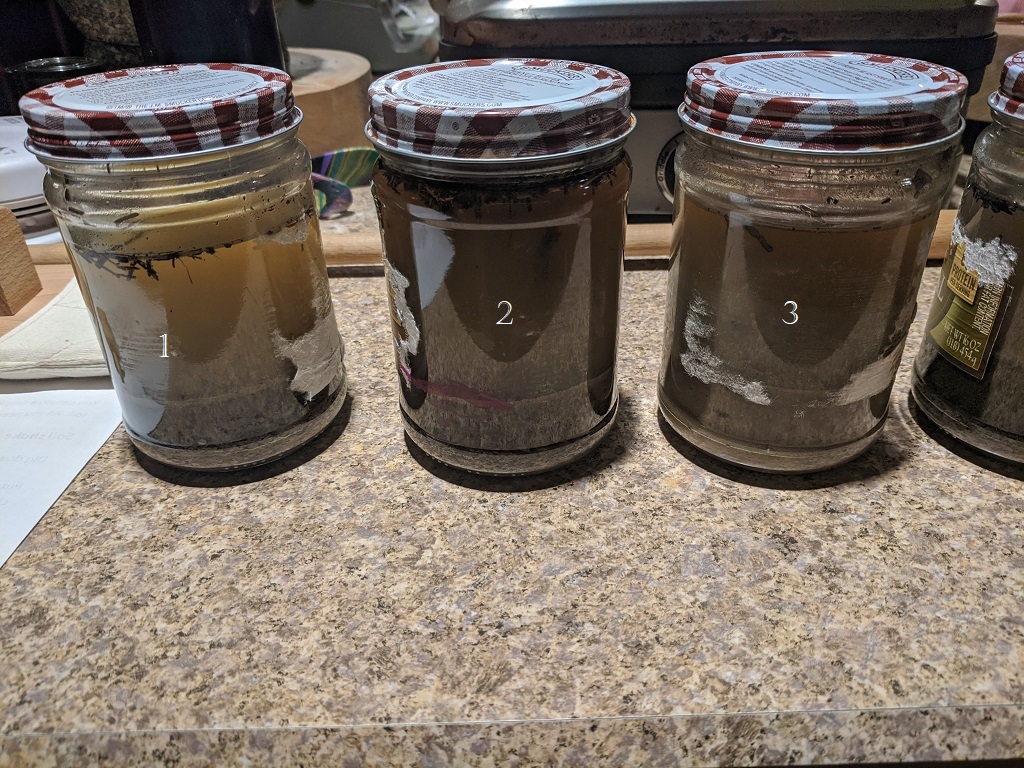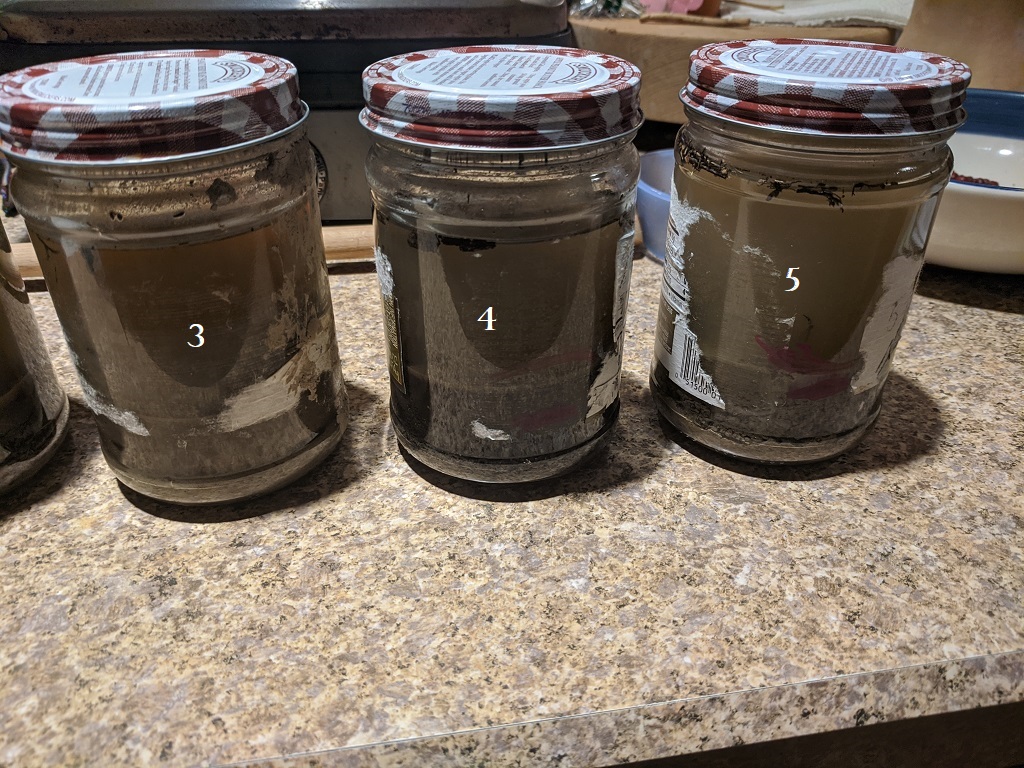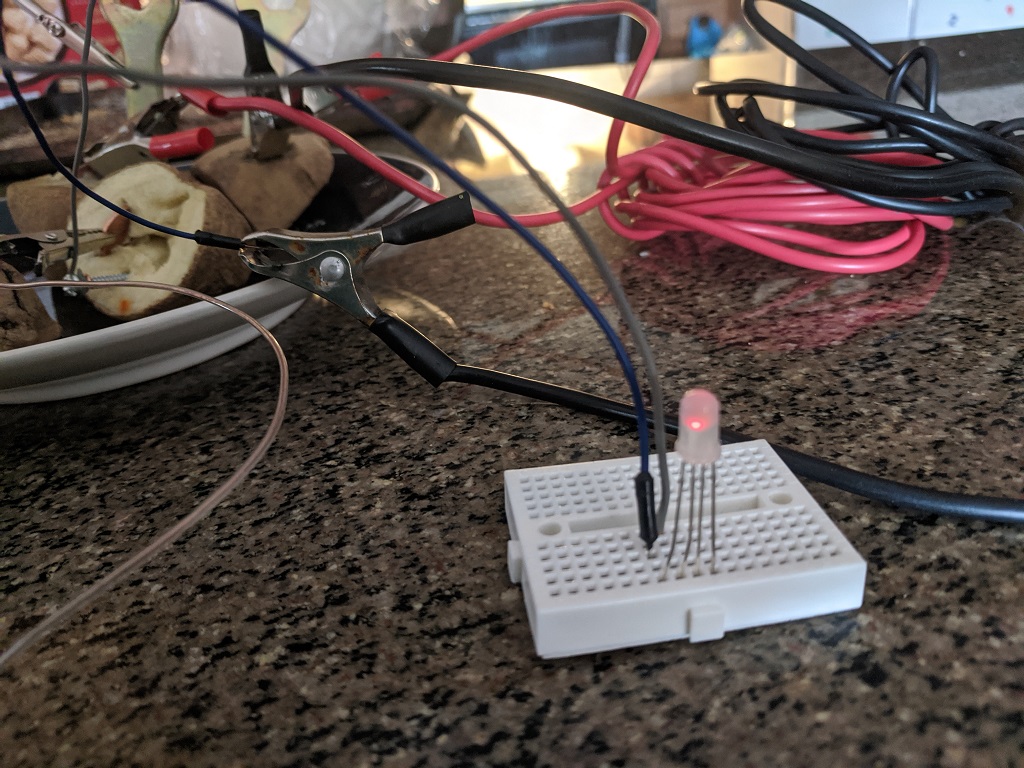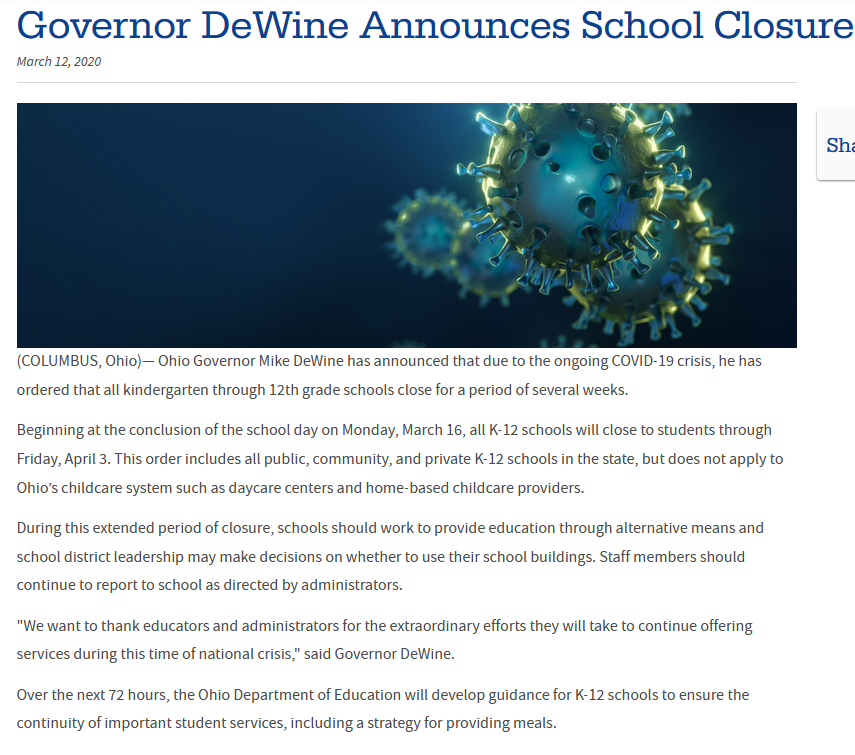Scott had a business idea for Anya — mobile concession stand at the park next door. To me, it seems an easy sell in their off-season — have thermoses of hot cocoa and mulled cider. But he was thinking in the summer, selling their ice cream and bottled water.
Category: Parenting
Books – Good and Not So Good
I got Anya a bunch of books to read during her remote learning experience. The school didn’t provide anything for the first few weeks, and I didn’t have much hope for the curriculum through the remainder of the year. While we have a number of books for younger kids, I’d been relying on library books. An approach which obviously wouldn’t work. And Anya does not seem to like eBooks — she’ll read them if she has to, but she’s not carrying her tablet for the Kindle app (my suspicion is that there are more fun options on the tablet. She’d rather watch Spirit on Netflix than read a book. But if she cannot watch more shows, reading and playing are great activities … so “read on your tablet” is a non-starter). So she’d keep reading when the library and school were no longer options, she needed her own library. Figured I’d keep track of the books Anya has been enjoying (and not enjoying). One thing I’ve noticed is that she’ll get immersed into a particular book or series for a time, then moves on to a new series. The first chapter books I read her were from the Magic Treehouse series — and she has a few of those books on her shelf. But they’re more nostalgic “ooh, I remember when you read me this” than current fav’s. I’ve color coded Anya’s Library so old favorites are grayed and current favs are purple.
She loved the Spirit series, but that was completely expected once I finally convinced her that chapter books aren’t boring. She’s loved the Ada Lace series (and is re-reading them repeatedly, plus anxiously awaiting the publication of another), the two Alien Math books, as well as Chicken Squad (there are a bunch in the series, and I’d only purchased the one … just ordered two more for the summer). She loved the Mouse and the Motorcycle, and I didn’t even realize that was part of a series.
On the non-fiction side, she’s loved the programming books (especially the one with Python since both Scott and I program in Python) and Can You Crack The Code (she needed help to use the Arnold cipher on the last challenge, but she figured out the trick to turn the random set of words that made no sense into an actual message). And she loved the Kid’s Guide to Keeping Chickens (and has a few projects lined up for later this summer, when our chickens arrive).
She’s started the first book from the Genius Factor series, but hasn’t been sucked into it. It’s something she’ll finish reading eventually (halfway because I keep asking her how you do catch an invisible cat). Kind of surprisingly, since we do a lot of ‘homesteading stuff’, she hasn’t been into the Little House series. She hasn’t started the Time Twister series, although I think that’s one she’ll like once she picks it up. She didn’t like the Horse Diaries series, nor did she get into the history of Wild Horse Annie (she dressed up as Velma Bronn Johnston when they had a ‘dress up like a historic figure’ day at school).
Book Outlet has a referral – 10$ off your first order of 25$ or more (and I get a bonus 10$) — the books have a little black mark along one edge, but we’ve not had any damage or funky smells. And the prices are outstanding. I got another 20 books for just under 80$ so she’ll have plenty to read this summer.
Ink Chromatography Experiment
Materials:
- Glass vessels – glass cup, graduated cylinder, etc
- Coffee filter
- Scissors
- Shish kabob skewers
- Water
- Colored markers – ideally include a few black markers from different companies
Process
- Cut the coffee filter into strips
- About 1” from the bottom of the strip, put a dot using one of the markers
- Skewer the strip at the top and hang over a glass of water
- Hang the strip over the glass
- Carefully fill the glass with water until it just touches the bottom of the coffee filter strip.
- It will take a few minutes for the water to move up the strip. Once the water has finished moving up the strip, take the skewer and strip off the glass. Empty the glass of water, then place the strip and skewer back on the glass to dry.
- Notice how different inks are made of different color combinations. Notice different inks carry different distances up the filter strip.
Science Experiment: Soil Composition
We did a simple experiment today that shows the composition of soil — get a jar, dig down 6″ and get a scoop of the soil. Put the soil in your jar, add water, close the lid, shake it around, then let it sit for a day. Anya wanted to take samples from a few different locations to compare.
| ID | Location |
| 1 | Under pine trees |
| 2 | Garden |
| 3 | Deer path in woods |
| 4 | Front planter bed |
| 5 | Irises |
The soil from the deer path, I expected to be almost all clay — between the rain and the deer running through it, the path is a sticky, mucky mess. It has clay, but not as much as I expected.
And the rest of the jars
School’s Out — Books
Well … it doesn’t look like school is going to resume until, possibly, August. Maybe not even then. Our district’s go at distance learning has been quite lacking — they’ve basically taken three weeks off to (hopefully) sort out some content to complete the year. I wanted to get Anya a bunch of books — she doesn’t enjoy e-books in spite of the fact we’ve got an endless supply from the local libraries. She likes physical books. I do not like blowing fifteen or twenty bucks on a book … so that’s not going to work out well 🙂
I remembered Book Outlet, where I got her Lucy and Andy books (they have a referral program – 10$ off your first order of 25$ or more and I get a bonus 10$) — I went through their entire collection of not-yet-teenager books and ordered 43 books for about 150$. That’s about 3.50$ per book, mostly hard covers. There are some reference books, drawing instruction books, science experiments, maker ideas, programming books, and a lot of fiction books to try out. I even found a book about urban animal rescue — she’s rather enticed with the idea of being a vet and rescuing wild animals. This will be a great supplement to whatever the school puts together for the remainder of the year. (I also picked up a 2nd and 3rd grade curriculum — additional work for the remainder of this year and something for the summer).
Science Experiment: Potato Powered
I came up with a bunch of science experiments for Anya’s covid not-a-break. Some are really straight-forward, some are open-ended design challenges, and some are pretty tricky. I thought the potato powered LED experiment was straight-forward. A list of materials, step-by-step instructions, and a clear visual product. Except … one potato generated like 0.8 volts. Cut the potato in half, get some extra clips, and we’re up to 1.6 volts.
I’d read about a research project where energy production was increased by using a boiled potato … I needed to make lunch anyway, so I boiled a bit of potato. I also microwaved another bit of the potato — so we’ve got two raw quarters, a boiled quarter, and a microwaved quarter. All four produced about 0.8 volts. In combination, this was enough to light up an LED.
Reading the article, it looks like Wh capacity is what is increasing … not output voltage. Connecting all four quarters (plus finding more pennies, nails, and clips) produced enough power to light up our LED. Now we’re seeing how long the potato-powered LED lasts. From 3PM on 24 March 2020 until … well, it needed to get cleaned up on 26 March as the potatoes started getting dodgy.
COVID Break Educational Activities
In addition to a Science Experiments For Covid19 Break, lots of e-books from the local libraries, the free learn-at-home program from Scholastic, and a handful of new physical books, I’ve got four daily educational activities for Anya during this school not-a-break:
10:30 Cleveland Science Center Curiosity Corner Experiments https://www.youtube.com/user/GreatLakesScience
11:00 Cleveland Metroparks Zoo Animal info https://www.facebook.com/ClevelandMetroparksZoo
13:00 The Kennedy Center / Mo Willems Drawing https://www.youtube.com/user/TheKennedyCenter
15:00 Cleveland Metroparks Naturalist https://www.facebook.com/ClevelandMetroparks
There are two get-moving videos that we’ve checked out … but it’s maple sap season so most of our physical activity is “hike in the woods and collect sap” 🙂
Wednesday @ Noon, https://www.clevelandinnercityballet.org/ does a virtual ballet lesson
Daily, not live, https://www.facebook.com/DominiqueMoceanuGymnasticsCenter/ has mini-workouts
School’s Out
Governor DeWine announced today that school will be out starting Monday — I guess I understand the need for some logistical wrangling, but it seems a bit odd to say “there’s a public health emergency that requires us to close down all of the schools …. next week”. I wonder how many people will be absent for the rest of the week. It seems like — if there’s enough spread to require schools to be closed, we shouldn’t be going in tomorrow.
Card Game: Sum War
Anya and I came up with a new card game — sum war. It’s a bit like war, but you throw two cards. The person with the higher sum wins all of the cards & puts them on the bottom of their stack. Keep going until someone has all of the cards. There’s obviously lots of addition involved, but the game uses estimation too (I have a 5 and a 7, you have a 5 and a 9 … you win without actually adding anything).
Equations: The Card Game
We came up with a new card game today — something to practice adding and subtracting (and mathematical thinking). Deal x cards (we’ve had five and seven to start). The remaining cards are the ‘draw’ pile. Flip one card over. Try to come up with an equation using the cards in your hand that combine with the flipped card to make an equation. Aces are 1, jacks are 11, queens are 12, and kings are 13.
There’s a King up — you’ve got 2, 5, 8, 9, and Q. 12(Q) + 9 – 8 = 13(K). You select one of the cards in your equation to place on the top of the face-up pile. The next person then tries to create an equation using the card you laid down.
Zero is a little special — there’s a some card up, x. If you have two cards of the same value, y. X plus Y minus Y equals X … and you can discard one of the cards you used in your equation.
If you cannot form an equation, you draw a card. The game ends when the face-down pile is exhausted. Add the values of the cards in your hand, and the person with the lowest value hand wins. This means you probably want to discard the highest value card in your equation (unless there’s a strategy to having the card — if I have an equation with 5 and 10, but have another 10 in my hand … I might want to hold on to the ten because the two tens are a 0 and are a guaranteed play).
